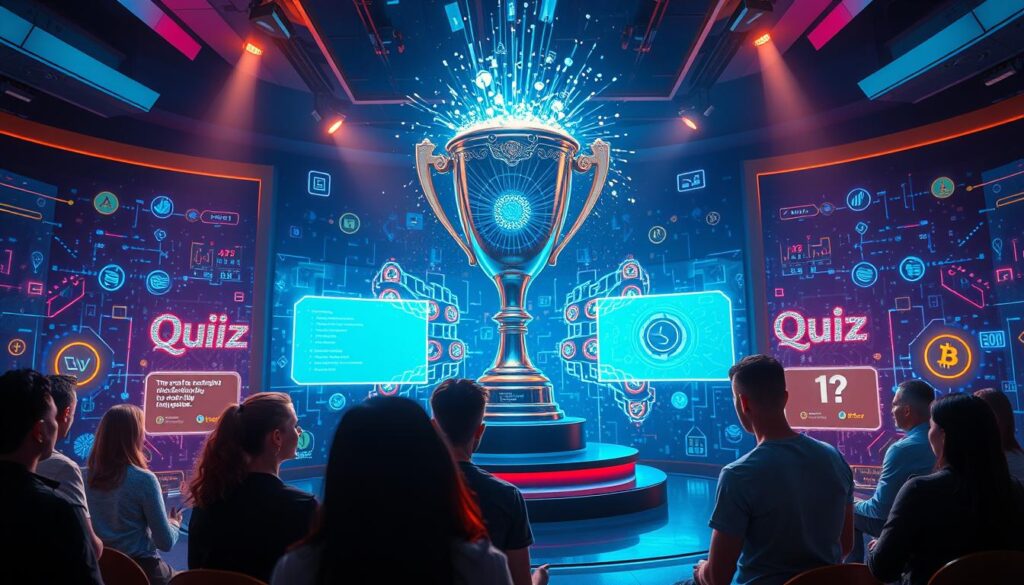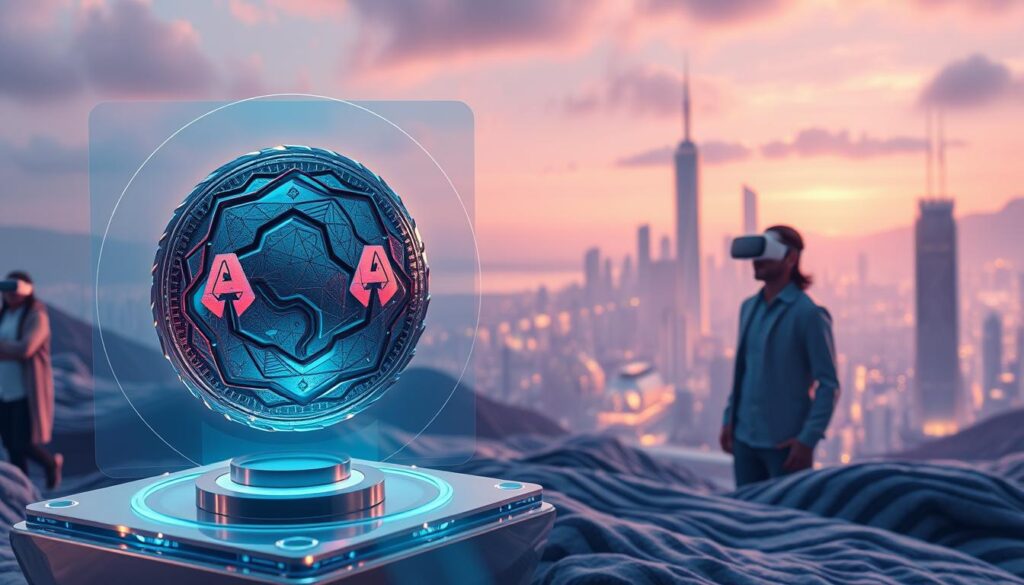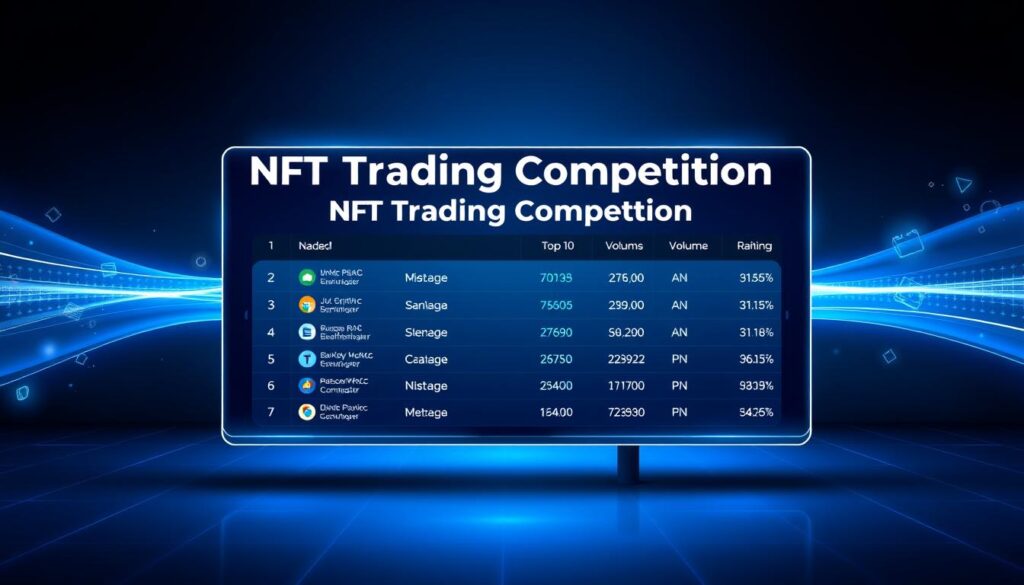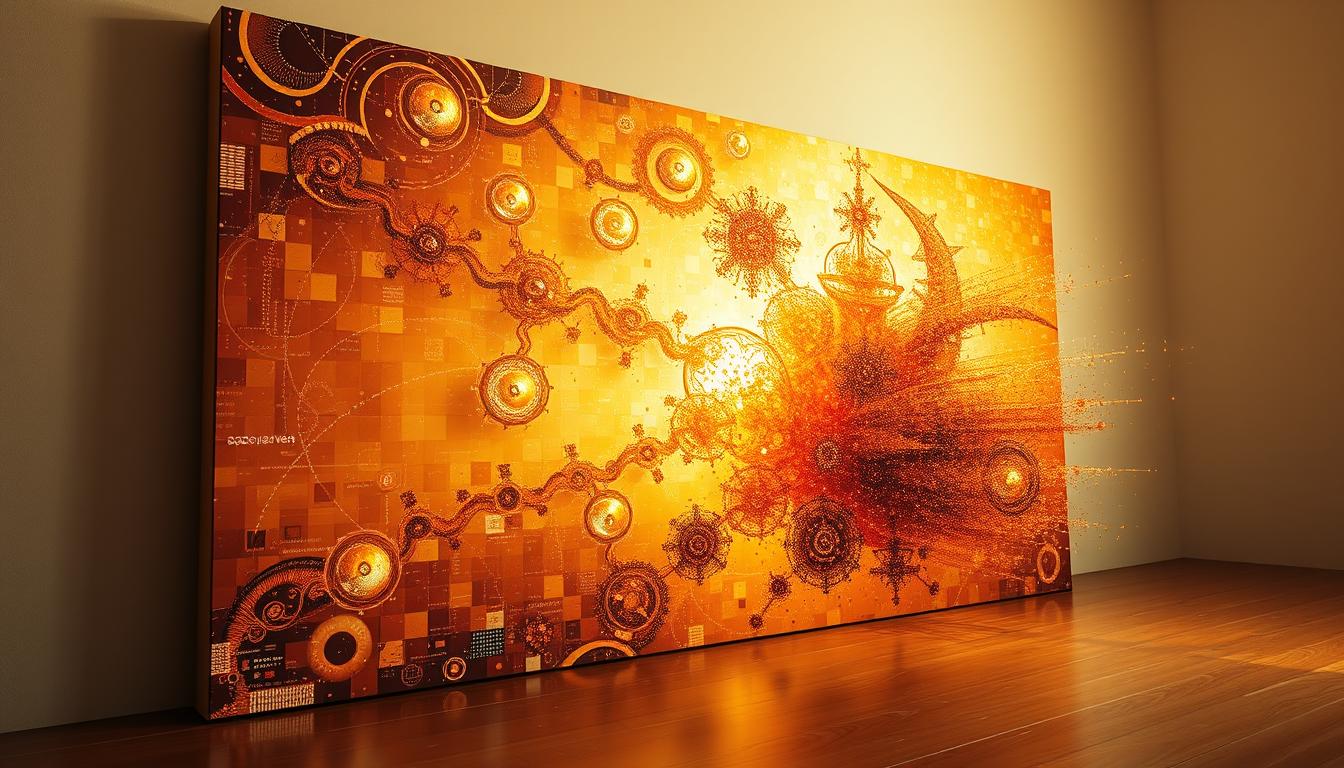Now Reading: NFT Art Creation Software and Design Tutorials Guide
- 01
NFT Art Creation Software and Design Tutorials Guide
NFT Art Creation Software and Design Tutorials Guide
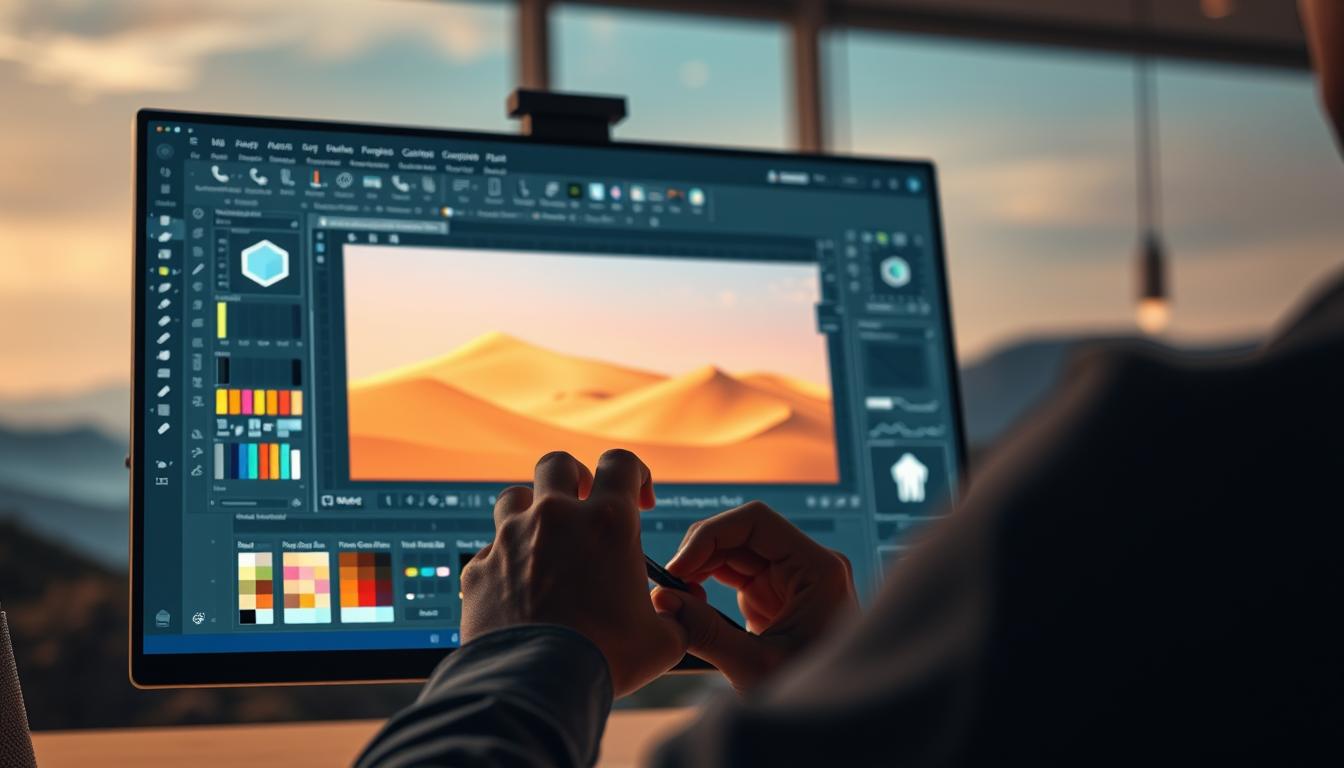
The digital collectibles space has transformed how creators share and profit from their work. Blockchain-based assets now offer a way to verify ownership of virtual items, from music to animations. This technology has opened doors for millions to turn passion projects into thriving careers.
Recent sales highlight the explosive growth of this market. One standout piece fetched nearly $100 million, proving the value of originality in the digital age. Unlike traditional files, these items carry unique identifiers that prevent duplication, making them scarce and desirable.
Tools for crafting these assets have evolved alongside demand. Specialized programs help creators add layers of authenticity to their projects. Step-by-step resources also exist to simplify the process, whether you’re a seasoned professional or just starting out.
Ownership verification remains central to this ecosystem. Each piece connects to a decentralized ledger, ensuring transparent records of transactions. This system builds trust between buyers and sellers, fostering a vibrant marketplace for innovation.
Key Takeaways
- Blockchain verification ensures authenticity for digital collectibles
- The market for unique virtual items exceeds $40 billion in value
- Top-selling works have generated over $100 million in sales
- Modern tools streamline the process of creating certified pieces
- Scarcity drives demand for one-of-a-kind digital works
- Educational resources help newcomers navigate the space
Understanding NFT Art: Definition and Significance
Digital ownership has undergone a radical transformation with blockchain innovation. Unique identifiers now protect virtual items, allowing creators to prove authenticity like never before. This shift addresses a long-standing challenge in the digital realm: establishing true scarcity for easily replicable files.
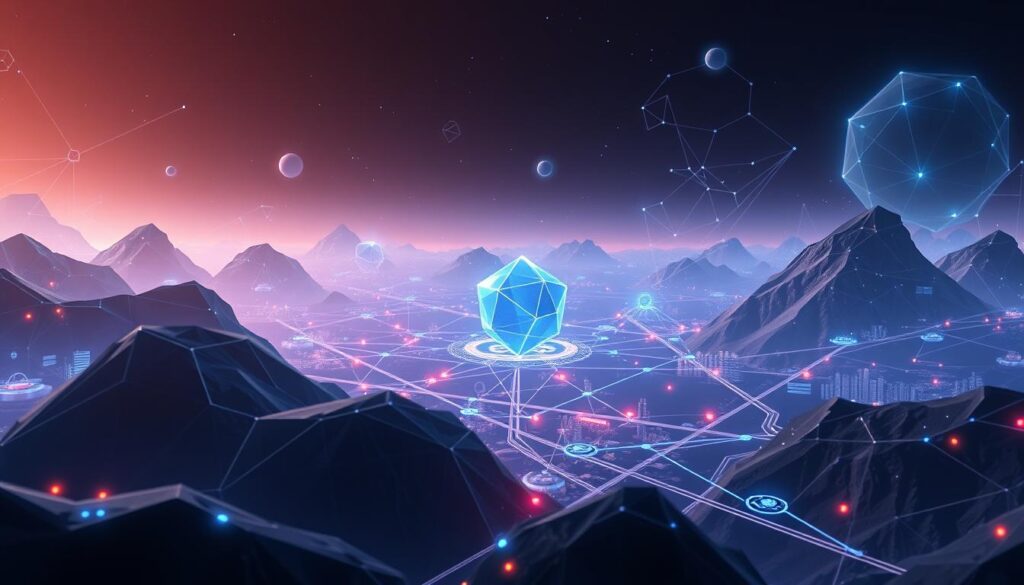
What Makes These Tokens Special?
Non-fungible tokens differ fundamentally from standard digital files. Each contains embedded metadata that acts like a fingerprint, making duplicates instantly recognizable as copies. When creators tokenize their work on networks like Ethereum, they create an unbreakable link between artwork and ownership history.
Market Impact and Creator Opportunities
The virtual collectibles space saw $25 billion in trading volume last year. Smart contracts now let artists earn residual income automatically—a game-changer for independent creators. This system benefits collectors too, providing clear proof of a piece’s origin and transaction trail.
| Feature | Traditional Files | Tokenized Works |
|---|---|---|
| Ownership Proof | Easily disputed | Blockchain-verified |
| Scarcity | Unenforceable | Algorithmically guaranteed |
| Resale Royalties | Rarely possible | Automatically distributed |
Platforms supporting these assets have grown 600% since 2021. This expansion creates new revenue streams while solving age-old problems in digital content distribution. The technology’s potential extends far beyond visual pieces, influencing music, writing, and virtual experiences.
Key Features to Look for in NFT Art Creation Software
Selecting the right digital toolkit can make or break a project’s success. Four elements separate basic programs from professional-grade solutions: ease of use, customization depth, export flexibility, and blockchain connectivity.
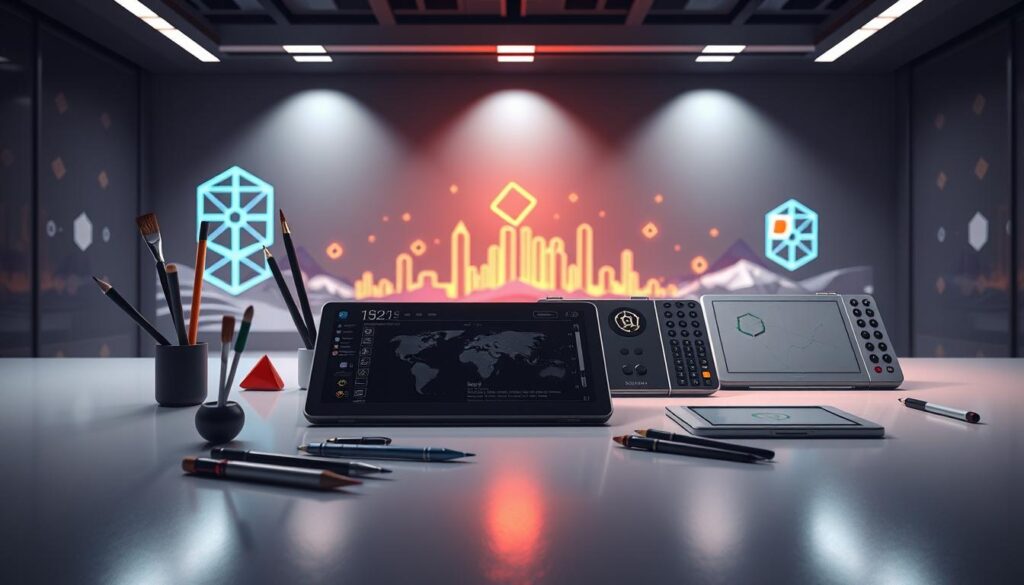
Balancing Simplicity With Power
Top platforms combine drag-and-drop functionality with hidden advanced settings. Look for these essentials:
- Layer management systems that handle 100+ adjustments
- Brush libraries exceeding 500 preset styles
- Real-time collaboration features for team projects
Many professionals prefer tools offering tutorial pop-ups. These guides help newcomers master complex functions without leaving the workspace.
From Canvas to Marketplace
Modern solutions streamline the entire workflow. The table below shows critical technical requirements:
| Feature | Minimum Standard | Ideal Implementation |
|---|---|---|
| File Formats | PNG, GIF | MP4, GLB, USDZ |
| Resolution | 1080p | 4K with DPI scaling |
| Blockchain Links | Wallet connect | Auto-minting to 3+ platforms |
Advanced programs now include royalty calculators. These tools help creators set fair secondary sale percentages during the design phase.
NFT art creation software and design tutorials
New creators often feel overwhelmed by technical requirements. Modern solutions remove these barriers through intuitive interfaces and guided workflows. Platforms now combine visual editors with blockchain integration, streamlining production from concept to marketplace.
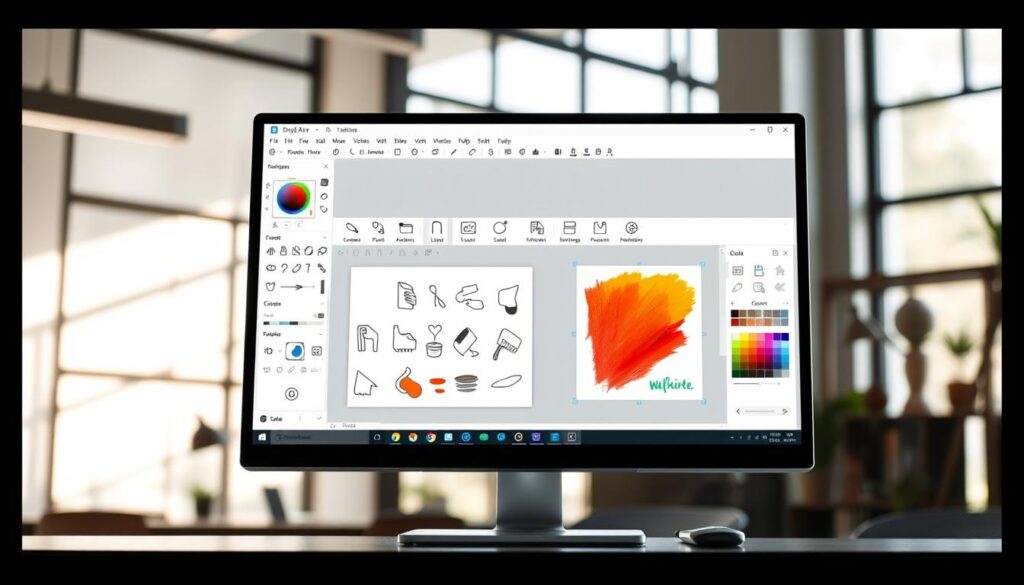
Learning Through Guided Practice
Free educational materials demystify complex processes. Step-by-step videos show how to develop concepts, refine visuals, and prepare files for blockchain verification. Many resources emphasize practical skills over theory, focusing on real-world applications.
Interactive courses often include project templates. These accelerate learning by letting users experiment with pre-built elements. Some platforms even offer community feedback channels for personalized improvement tips.
Smart Tools for Modern Creators
Cutting-edge programs integrate AI to enhance creative workflows. Features like style transfer and pattern generation help produce distinctive works quickly. The table below highlights capabilities across different experience levels:
| Feature | Starter Tools | Professional Suites |
|---|---|---|
| AI Filters | 15+ presets | Custom model training |
| Export Formats | Basic image files | 4K video & 3D models |
| Marketplace Prep | Metadata templates | Auto-optimization |
Several platforms now include built-in minting guides. These walk users through wallet connections and gas fee calculations, simplifying final steps before listing.
Product Roundup: Top Software for Digital NFT Art
Choosing the right toolkit determines success in crafting blockchain-certified works. Today’s market offers diverse solutions tailored to different styles and budgets, from industry giants to open-source alternatives.
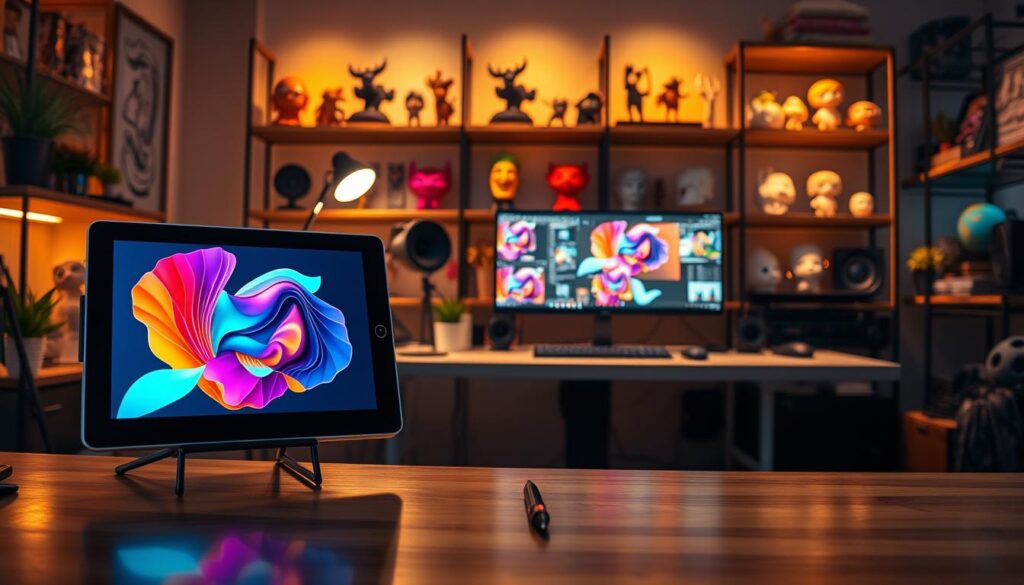
Essential Components of Professional Tools
High-quality programs share three critical capabilities:
- Layer management systems handling 100+ adjustments
- Export options supporting 4K video and 3D models
- Built-in guides for blockchain integration
Vector-based platforms like Adobe Illustrator dominate series production. Their mathematical precision ensures flawless scaling for profile pictures and generative projects.
Head-to-Head Platform Analysis
This comparison highlights strengths across popular options:
| Solution | Best For | Unique Advantage |
|---|---|---|
| Adobe Photoshop | Photo manipulation | 800+ customizable brushes |
| Corel Painter | Natural media effects | 1000+ texture simulations |
| Krita | Budget-conscious creators | Free animation tools |
Subscription-free options like Krita now rival premium suites. Their community-driven development often introduces blockchain-friendly features before paid competitors.
CorelDRAW’s node editing tools simplify geometric designs. This makes it ideal for artists building themed collections requiring uniform styling across pieces.
Design Tutorials: Mastering Tools and Techniques
Mastering digital craftsmanship requires both creativity and technical know-how. Specialized resources bridge this gap, offering structured paths to refine skills while exploring new mediums. Let’s examine core learning areas that elevate projects from concept to polished works.
Step-by-Step Guides for Digital Art Creation
Begin with foundational skills like organizing visual elements. Layering systems let creators separate backgrounds, characters, and effects for precise adjustments. Programs like Adobe Photoshop enable 100+ layer stacks while maintaining smooth performance.
Brush customization unlocks endless stylistic possibilities. Procreate’s engine replicates oil textures and watercolor bleeds through pressure-sensitive settings. Artists can modify 200+ presets or build new ones from scratch for signature looks.
| Software | Specialization | Key Features |
|---|---|---|
| Blender | 3D Modeling | Sculpting tools, animation timelines |
| Corel Painter | Natural Media | Wacom tablet integration, texture libraries |
| Affinity Designer | Vector Graphics | Non-destructive editing, Bézier curve controls |
Vector workflows demand precision with anchor points and path adjustments. Tutorials demonstrate how geometric designs maintain crisp edges at any scale—critical for cohesive collections. Bezier curve mastery separates amateur sketches from professional-grade outputs.
Hardware optimization completes the puzzle. Guides cover tablet pressure calibration and shortcut programming to accelerate workflows. Proper setup ensures every brushstroke captures subtle hand movements for authentic results.
Integrating Art into NFT Marketplaces and Blockchain
Bringing digital works to collectors requires strategic preparation. Artists must master technical steps while understanding buyer preferences across different platforms. This phase bridges creative effort with commercial success in the decentralized space.
Minting Your Digital Art as NFTs
Transforming files into blockchain-certified assets involves three key steps. First, connect a crypto wallet like MetaMask to cover network fees. Next, upload high-resolution files (up to 2.2 megapixels) with optimized metadata. Finally, confirm transaction costs (“gas fees”) to complete registration on chains like Polygon.
Bulk processing tools help creators mint hundreds of items simultaneously. This efficiency proves crucial when launching themed collections. Advanced settings let artists program rarity traits and automatic royalty splits for secondary sales.
Navigating Popular NFT Marketplaces
Platform choice significantly impacts visibility and earnings. Consider these top options:
| Marketplace | Best For | Fees | File Support |
|---|---|---|---|
| OpenSea | General Collections | 2.5% | Images, 3D models |
| Rarible | Community Projects | 5% | 4K video, GIFs |
| Foundation | Premium Works | 15% | High-res images |
OpenSea dominates with 80% market share, while Foundation attracts high-end collectors. AI-generated pieces often perform better on Rarible due to its tech-savvy user base. Always check platform-specific rules for file formats and collection organization.
Cross-listing strategies expand reach but require careful royalty management. Many creators use analytics tools to track performance across multiple marketplaces simultaneously.
Wrapping Up Your NFT Art Journey
The evolving landscape of digital collectibles offers endless potential for creative expression. Selecting the right tools becomes crucial in transforming ideas into verifiable blockchain assets. Focus on platforms that align with your workflow while allowing room for stylistic growth.
Developing a recognizable aesthetic sets top creators apart. Experiment with different mediums and techniques to find your unique voice. Engage actively with collector communities to understand shifting preferences and market demands.
Consistency and adaptability form the backbone of sustainable success. Stay updated on emerging trends without compromising your artistic identity. For deeper insights into blockchain verification, explore our guide on non-fungible tokens and their evolving ecosystem.
Remember, every groundbreaking piece starts with a single concept. Keep refining your craft, leverage smart workflows, and let authenticity guide your creative journey in this dynamic space.


